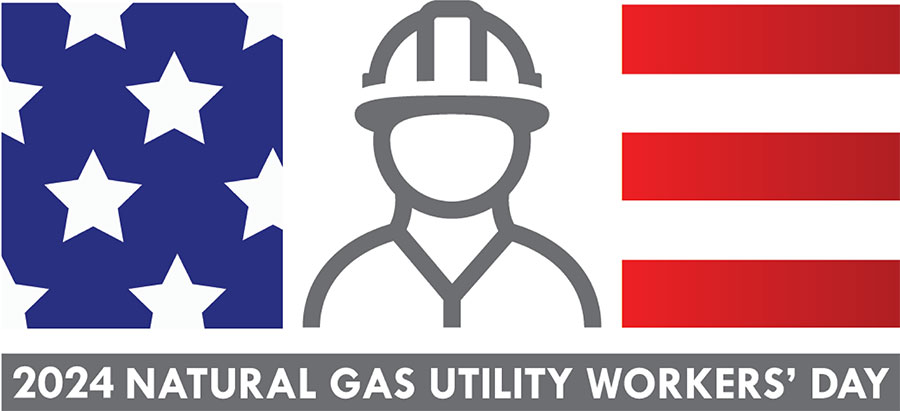Natural Gas Utility Workers’ Day

18 March 2024

March 18, 2024 is Natural Gas Utility Workers’ Day
This is the ninth year in which Natural Gas Utility Workers’ Day has been officially celebrated across the country. This day of recognition is a time when communities give recognition to the employees who provide one of their most valuable assets—their natural gas utility.
Why is March 18th Natural Gas Utility Workers’ Day?
The official Natural Gas Utility Workers’ Day is March 18 because that is the date of the New London, Texas school explosion in 1937 that led to the widespread odorization of natural gas and an increased emphasis on safety. Safety is a vital aspect to natural gas distribution and the employees of distribution companies endeavor to make natural gas delivery as safe as possible.
Public Awareness and Education
This annual nationwide event is intended to build public awareness about the hard work done by the employees of natural gas utilities. On this day, we will also educate residents on the environmental, safety and cost benefits of using clean, reliable and affordable natural gas. Our customers recognize the need to access reliable, affordable, safe energy and depend on the services of natural gas utility employees for that need.
Safety Begins with Odorization
ODIN has worked on many projects that involved odorization and we wanted to come back to odorization and the importance of this process. The primary reason for odorizing natural gas is safety. Natural gas is naturally odorless and adding an odor helps you to be able to detect if you have a leak. Here are seven (7) key factors that can diminish the effectiveness of odorization in natural gas:
- Dilution: If natural gas is diluted with other gases, such as air or nitrogen, the concentration of the odorant can be reduced, making it harder to detect leaks.
- Absorption: Odorants can be absorbed by materials such as soil, water, or pipe coatings as natural gas travels through pipelines. This absorption can reduce the concentration of the odorant, making leaks harder to detect.
- Chemical Reactions: Odorants can undergo chemical reactions within the natural gas distribution system, altering their composition or reducing their effectiveness over time.
- Temperature and Pressure: Changes in temperature and pressure can affect the volatility and dispersion of odorants, potentially reducing their detectability.
- Pipeline Material: Some pipeline materials, such as certain types of plastics or coatings, can absorb odorants, reducing their effectiveness in odorizing the gas.
- Length of Pipeline: Longer pipelines can increase the likelihood of odorant absorption and dispersion, potentially reducing the concentration of odorant by the time the gas reaches the end-users.
- Leaks: In cases of leaks, the odorant itself may dissipate before reaching the detection point, especially if the leak occurs in a confined space or in windy conditions.
- Degradation: Over time, odorants can degrade due to exposure to heat, light, or chemical reactions, reducing their effectiveness in odorizing natural gas.
To mitigate these factors, gas distribution companies employ various strategies such as regular monitoring, maintenance of pipeline integrity, and periodic re-odorization to ensure that natural gas remains adequately odorized for safety purposes.

